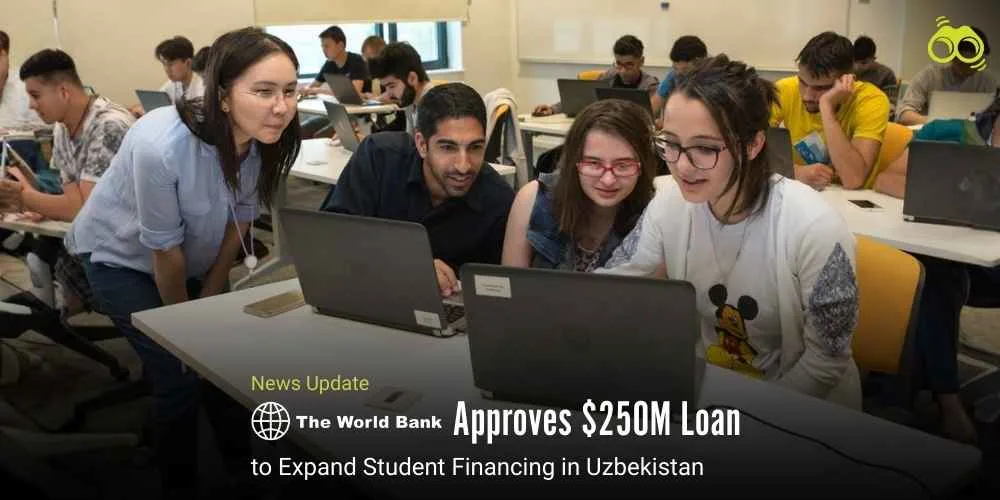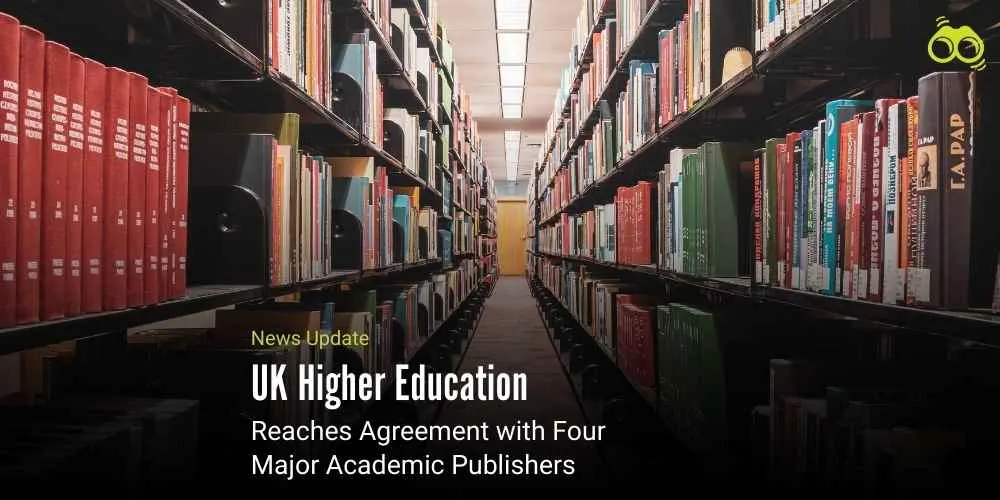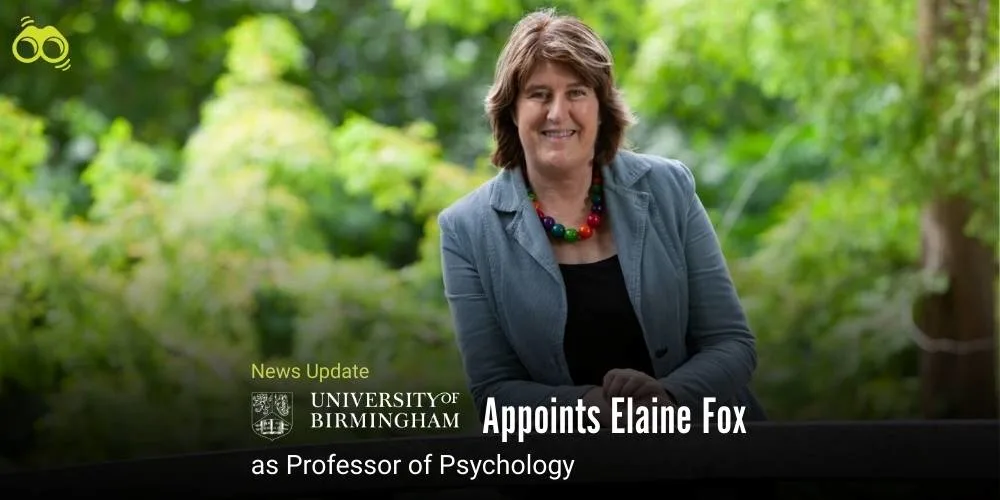From Whitlam’s free education to soaring fees: 50 years of change in Australian universities
Graduates face nearly 10 years of loan repayments under current procedures
A YouGov poll from June 2025 demonstrated that a considerable majority of Australians believe students should not pay so much for their degrees. Roughly half of those surveyed said that an average-income worker should pay off a debt incurred by a typical three-year degree in five years. Specifically, 58% said annual university tuition would need to be $5000 or less to be considered affordable in Australia, a figure far below what many students, however, face at present. Only 18%, however, favoured a return to the free higher education instituted last in Australia before fee-free tertiary education was abolished in 1989. These representations have reignited the debate regarding how Australian university education has transitioned from free to expensive over just 50 years.
A Shift Away from Free Education
As it was recalled, Australia's last history associated with higher education funding passed through three phases: the "sandstone era," followed by expansion post-World War II, and then a marketisation trend from the 1980s on. It was during this period of expansion that Gough Whitlam abolished the university fees in 1974, declaring access based on merit rather than wealth. However, observers explained the limited places where equality was ultimately not achieved, leading to later reforms.
The Dawkins Reforms and Rise of Corporate Universities
Commentators say that the main shift was in the late 1980s through the Dawkins reforms regarding Australian universities, reshaping them in more corporate and competitive ways. Universities are encouraged to seek revenues through markets such as student fees and international enrolments. The result is that Commonwealth funding for universities has dropped from approximately 80% of sector income in the 1980s to around 40% today. This rise, therefore, led to the rapid expansion of universities along business-like practices, setting a stage for the current market-based university model.
HECS and the Accumulation of Student Debt
The introduction of the Higher Education Contribution Scheme (HECS) in Australia in 1989 brought about income-contingent student loans, initially charging one universal fee. Simultaneously, international student enrolments were opened to full fees, which became an important revenue stream. Experts pointed out that these changes fuelled mass participation, with domestic enrolments going up sharply. Over the years, however, the system has made itself increasingly dependent on payments from students, both domestic and international.
International Students and the Rankings Race
Universities have subsequently become extremely aggressive on the global market; currently, international students account for more than a quarter of enrolments. The hunt for international rankings led Australian universities to improve their research outputs, as these increased visibility and attracted fee-paying students. Yet, as the analysts noted, Australian students were often not included in this funding loop, having to rely heavily on cross-subsidies from international fees.
Demand-Driven Growth with Increasing Costs
Policy changes continued into the 1990s and 2000s. The Howard Government introduced differential fees for courses in universities in Australia, linking the cost of courses to expected future earnings. Subsequently, the Gillard Government introduced uncapped bachelor enrolments in a demand-driven system. Although this took down barriers against access, it increased public expenditure sharply, and later costs were frozen to limit spending. This pattern of reform, reaction, and restraint has built a sector struggling to balance access, quality, and affordability.
The Job Ready Graduates Scheme and Soaring Costs of Arts Courses
The steepest increase was under the Morrison Government's Job Ready Graduates scheme, linking course prices to national labour priorities instead of graduate earnings. This raised the cost of arts degrees in Australia to over A$50,000, making them among the highest-cost qualifications, while expected salaries would be among the lowest. Researchers said the measure did not influence career choice and instead introduced deep unfairness into the system. In addition, the increase in indexing may lead many arts graduates to never repay their loans, increasing questions about the sustainability of the scheme in the long run.
High Student Debt and Student Hardship
Student debt has reached record heights, now standing at a little over A$81 billion before this recent one-off 20% cut by the new Albanese Government. Students still have to contend with rising living costs. With many of them now also required to work full-time while being enrolled as full-time students, this increases their chances of dropping out of school. Loan repayment times have expanded from 7.3 years in 2006 to almost 10 years currently. Graduates now enter their 30s still bearing debts. All this deepened concern over the broader student burden within Australia.
Urgent Demand for Reform
The Australian Universities Accord and the Productivity Commission have both expressed that the present funding system is fundamentally flawed. The foundation that Job Ready Graduates created is seriously flawed in terms of economic performance, with debts going high without being matched with economic goals. Though the government pledged to put up a model through the Australian Tertiary Education Commission, nothing major has been done as of yet. Hence, new students continue to incur mounting costs without the system undergoing any fundamental reform.
Editor’s Note:
According to the latest YouGov poll, it seems clear that Australians are really uncomfortable with the costs of higher education. A majority feel students should not be saddled with this enormous debt and that students should pay not more than $5000 a year to make education affordable, which is more than half. However, the reality is that many degrees cost several times that number. Australia, which introduced free university education under Gough Whitlam in 1974, has gradually marketised its system over 50 years. The late 1980s Dawkins reforms pushed universities to act like corporations, seeking revenue via fees and international enrolments, shifting 50% of sector financing from the Commonwealth to students. While HECS loans expanded participation, they fixed debt as the cost of entry. Today, international students, a quarter of enrollees, cross-subsidise domestic education. Australian universities prioritise global rankings and research visibility over affordability for local students. Three decades of policy changes, differential fees, demand-driven enrollment, and later freezes, illustrate this trend. The Morrison Government's Job Ready Graduates scheme significantly raised costs for arts degrees (over A$50,000) with poor earning prospects, leaving many graduates with potentially unpayable loans, raising doubts about fairness and sustainability. Australia's higher education funding is fundamentally broken. With student debt exceeding A$81 billion and repayments taking almost a decade, many graduates enter their thirties still burdened by loans. High living costs force students to work full-time while studying, increasing dropout risk. Though the Albanese Government has promised reform, the delay means future students will suffer under a system failing to balance access, quality, and affordability, a conclusion shared by the Productivity Commission and the Universities Accord.
As per Skoobuzz, reliance on philanthropy and international fees is unsustainable. A long-term funding structure must protect students from debilitating debt while serving the public interest. Education should foster resilience and innovation, not financial burden. The key question is whether policymakers will enact the reform clearly desired by Australian students.
FAQs
1. What is the reason behind the current debate on university fees in Australia?
The debate has been reignited by a YouGov poll in June 2025, which showed that a majority of Australians believe students should not pay so much for their degrees. Many respondents said tuition must be capped at $5000 annually to be affordable, highlighting concerns about safety, rights, and public interest in higher education.
2. How have authorities and governments responded to rising student costs?
Successive governments have introduced reforms such as the Dawkins reforms, HECS loans, demand‑driven enrolments, and the Job Ready Graduates scheme. While these procedures expanded access, they also shifted costs onto students. The Albanese Government recently introduced a one‑off 20% debt cut, but broader reforms have yet to be implemented.
3. What impact has the funding system had on students?
Students now face record debt exceeding A$81 billion, with repayment times stretching close to ten years. Many graduates enter their thirties still carrying loans. Rising living costs force students to work full‑time while studying full‑time, increasing dropout risks and undermining their rights to safe and equitable education.
4. What are the wider implications for universities and society?
Australian universities have become highly market‑driven, relying heavily on international student fees and global rankings. While this has boosted research visibility, domestic students often face higher costs and limited support. The system raises questions about fairness, sustainability, and whether public interest is being served by current procedures.
5. How have specific reforms shaped the current situation?
The Dawkins reforms in the late 1980s reduced Commonwealth funding from 80% to around 40%, pushing universities towards corporate models. HECS loans introduced income‑contingent debt, while the Job Ready Graduates scheme raised arts degree costs to over A$50,000. These measures have created deep inequities and long‑term financial burdens for students.
6. What future steps are being considered to address the issue?
The Australian Universities Accord and the Productivity Commission have both declared the funding system fundamentally flawed. Proposals include establishing the Australian Tertiary Education Commission to oversee reforms. Future steps must prioritise student safety, protect educational rights, and ensure procedures align with public interest by balancing access, quality, and affordability.
7. Why is reform urgent for the higher education sector?
Without reform, students will continue to face mounting debt and hardship, while universities remain dependent on international fees. Urgent action is required to create a funding model that safeguards rights, ensures safety from crippling debt, and restores higher education as a public good serving the wider interests of society.














0 Comments (Please Login To Continue)